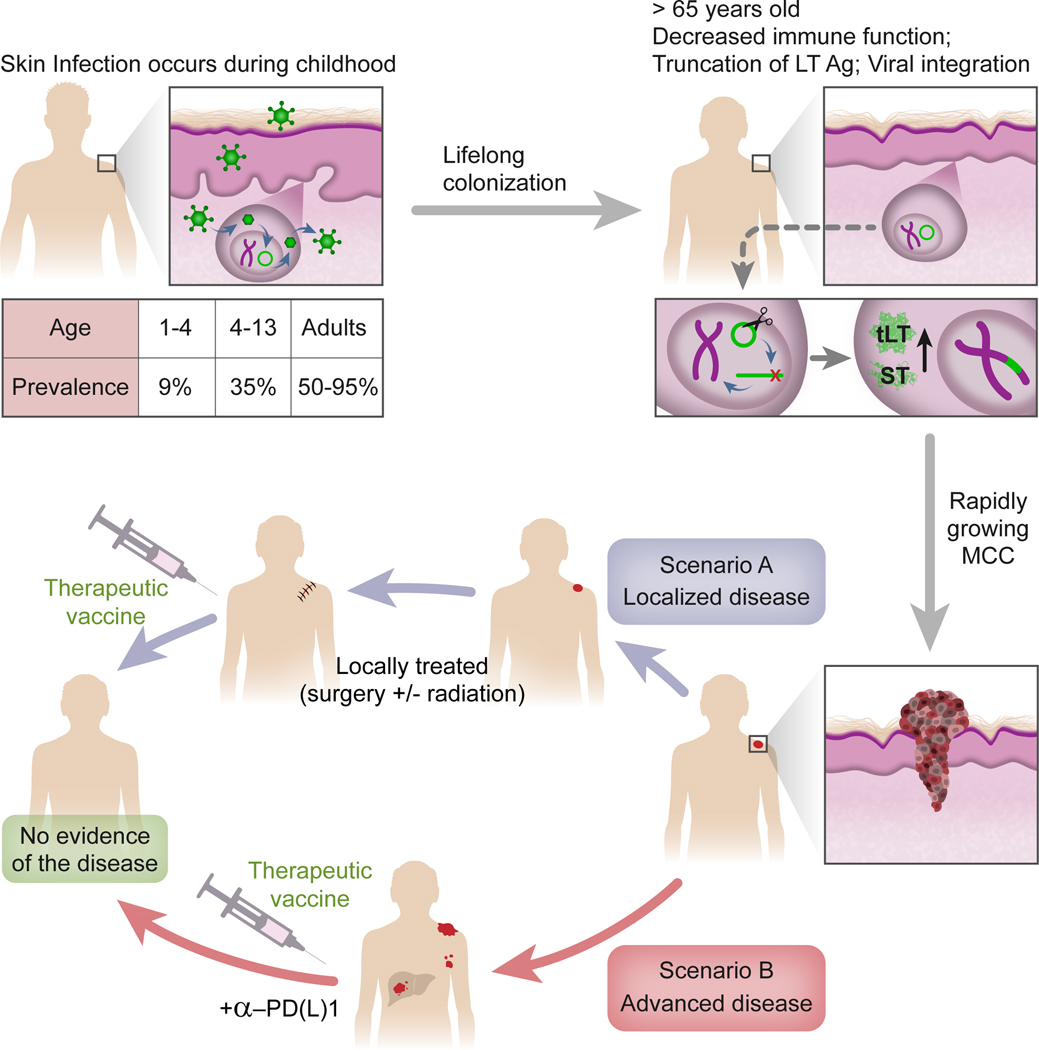Figure 1: Etiology of virus-positive MCC and potential clinical scenarios for a therapeutic vaccine.

Seroprevalence of polyomavirus-specific capsid antibodies indicates that MCPyV is common in the general population starting in childhood9, 125. MCPyV then colonizes skin throughout life without causing known disease, except in rare cases when it integrates into the human genome and leads to MCC. This occurs mainly in persons > 65 and is likely driven by immune senescence and rare mutational events. Following viral integration, two oncoproteins, truncated Large T (tLT) and Small T (ST) antigens, are expressed and promote carcinogenesis. A therapeutic vaccine could potentially be tested in localized or advanced disease.
